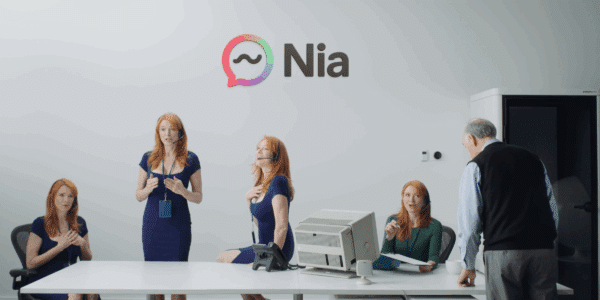By now, you surely know the importance of utilizing a HIPAA compliant software in your health organization. If not, read our blog post that provides an overview of healthcare messaging apps.
Once you know the importance of HIPAA compliance software, you need to know the best habits for integrating it with your practice. Accordingly, we comprised a series of steps and explanations to best transition into taking your practice to the next level.
Essential components for integrating a HIPAA compliant software solution
Enforce a password policy
All users with access to health information must validate their authorization with a secure password unique to their account. Enforce healthy HIPAA compliant software practices by discouraging the sharing of passwords between providers.
Self-Audits
Conduct frequent audits of your HIPAA compliant software, as well how the staff utilizes the technology. Although providers may be using the service, just using the software does not suffice. Proper practices must be followed to ensure protected health data is handled and transmitted correctly.
Remediation Plans
Following the self-audit process, a practice must work to fix the problems they identified. Whether it be in the use of the HIPAA compliant software or elsewhere, every health system must have measures in place for how they will improve their compliancy practices.
Incident Planning and Management
Unfortunately, mistakes are inevitable and incidents can occur regardless of the best practices and software used by a health organization. In these cases, it is essential to have a pre-determined plan for how the incident will be managed with the utmost caution and importance.
Properly Dispose of Information Containing PHI
All papers or electronic files that contain PHI must be secured or properly discarded. Always make sure faxes are sent with a cover page, and delete unnecessary health data from your HIPAA compliant software.
Provide up-to-date training of HIPAA standards
Train staff and providers of the best practices when using a HIPAA compliant communication solution to ensure the proper use of the technology. Ensure questions regarding use of the system are answered correctly and promptly to avoid unnecessary waits or communication mishaps.
Following these practices will help ensure the proper use of a HIPAA compliant communication solution as you integrate it within your practice.
To learn more about OhMD as your HIPAA compliant software solution, schedule a demo today!


